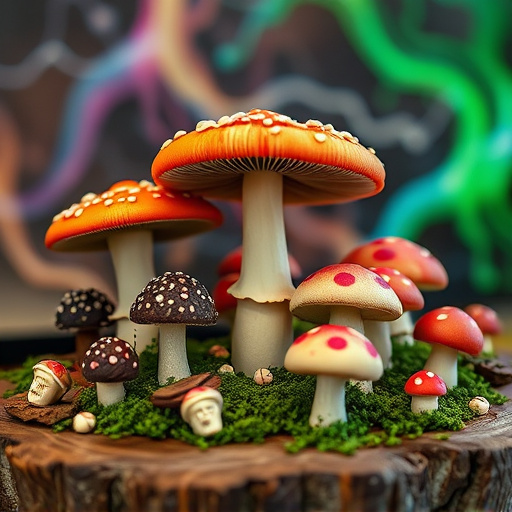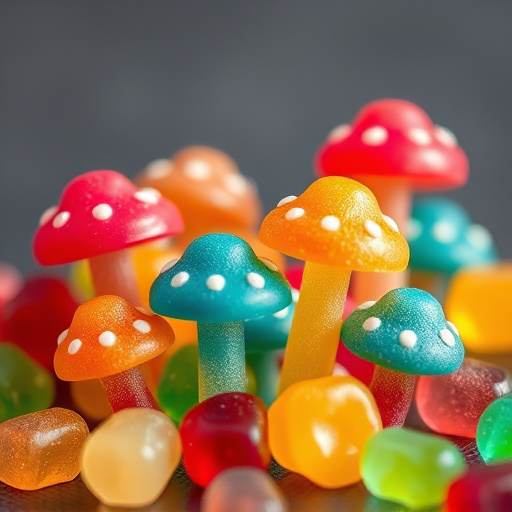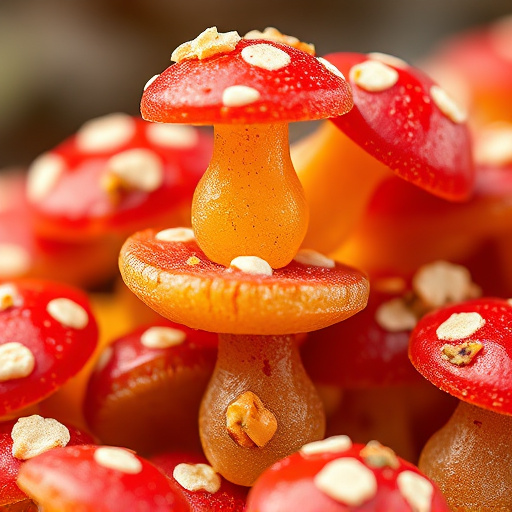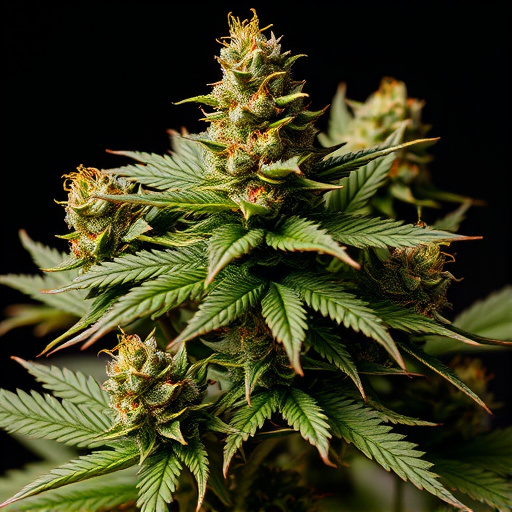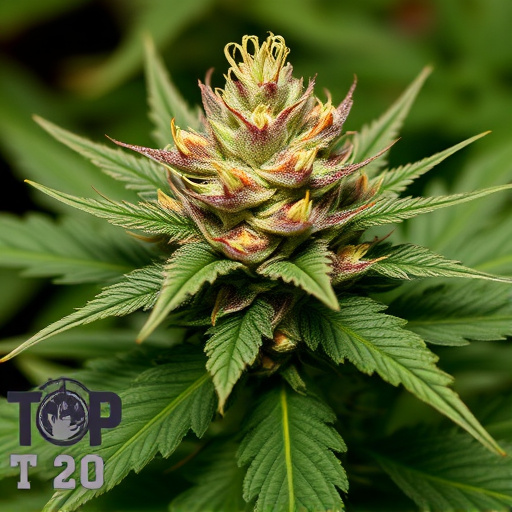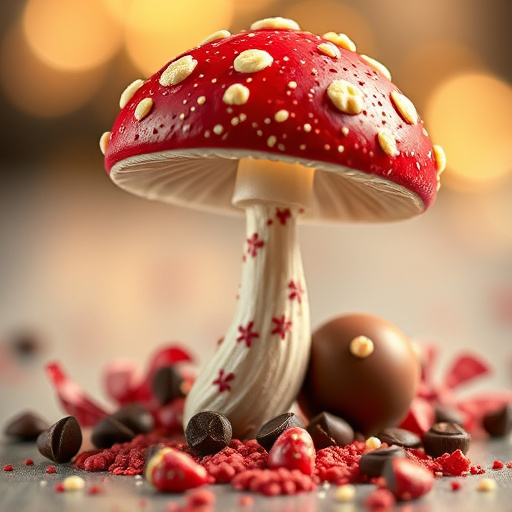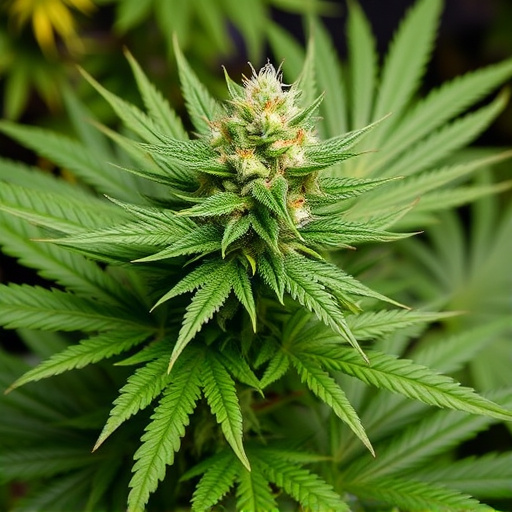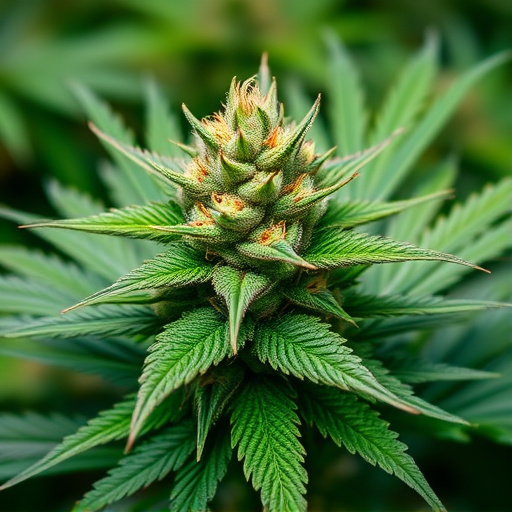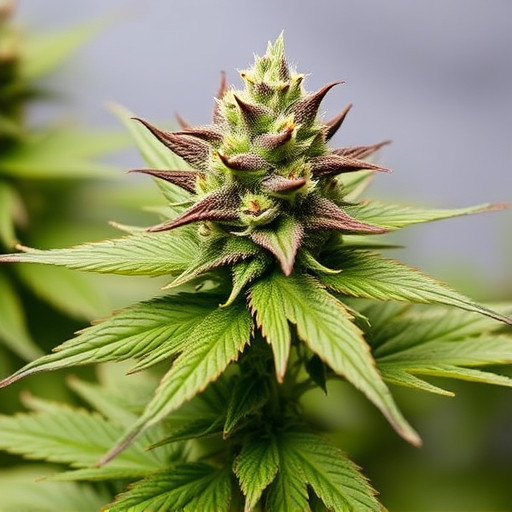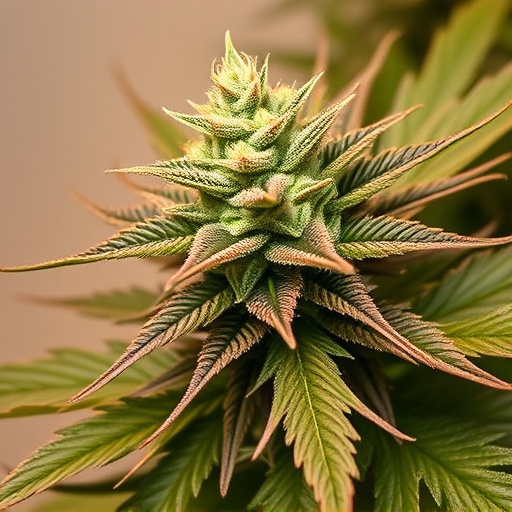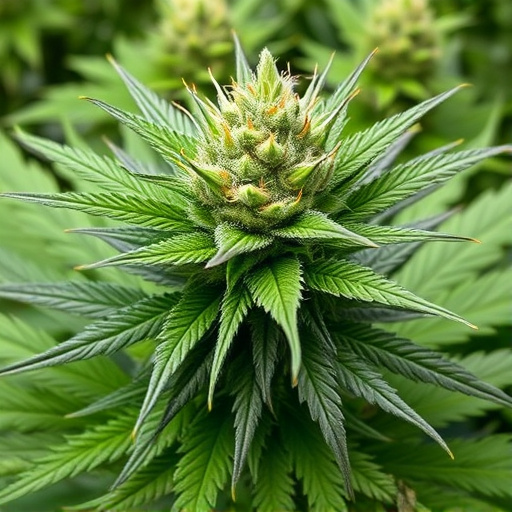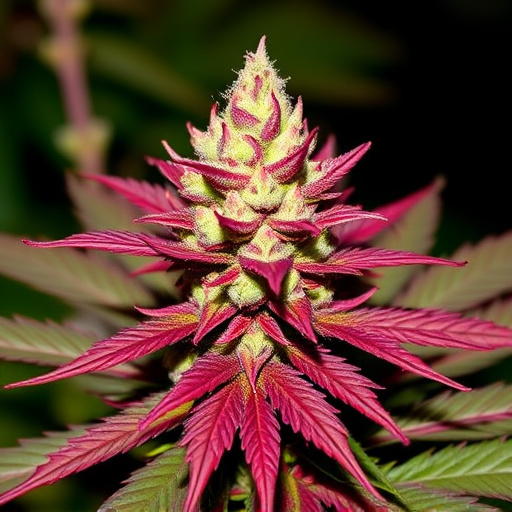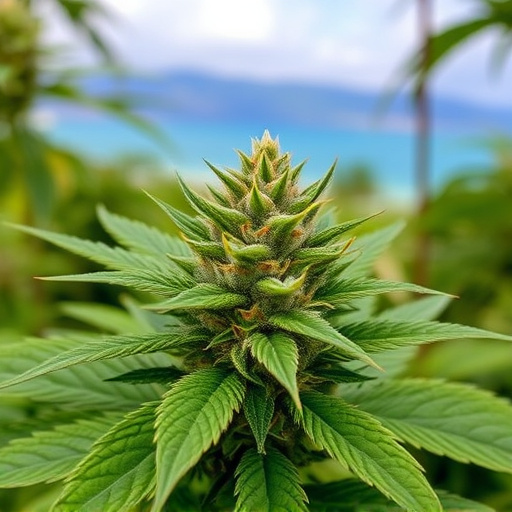Hawaiian cannabis strains are renowned for their unique genetic makeup, resulting in vibrant colors like purple, red, and blue due to anthocyanin-rich pigments. These rare varieties, fostered by Hawaii's tropical climate, offer not just striking visual appeal but also enhanced therapeutic potential. Genetic mechanisms control pigmentation, with natural selection favoring combinations leading to rich, deep colors indicative of antioxidant properties. Environmental cues, such as UV radiation and temperature swings, further influence the diverse color spectrum of Hawaiian cannabis strains, making them highly sought-after in the industry.
“Uncover the intriguing world of Hawaiian cannabis strains, known for their unique purple, red, and blue hues. This article explores the genetic basis behind these vibrant colors, delving into the specific roles of pigmentation genes that set Hawaiian strains apart. We’ll also uncover environmental factors that contribute to the diverse color expressions in weed. Understanding these causes offers a glimpse into the complex nature of cannabis, making it a must-read for enthusiasts curious about the science behind Hawaiian cannabis strains.”
- Understanding Hawaiian Cannabis Strains: A Unique Genetic Basis
- The Role of Pigmentation Genes in Color Expression
- Environmental Factors and Their Influence on Weed Colors
Understanding Hawaiian Cannabis Strains: A Unique Genetic Basis
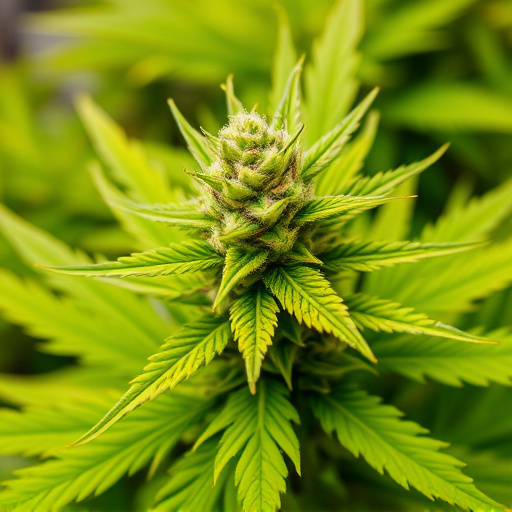
Hawaiian cannabis strains have gained significant attention due to their unique genetic basis and distinctive characteristics. These strains, often characterized by vibrant colors like purple, red, and blue, are not merely cosmetic anomalies but result from specific genetic mutations and environmental factors. The tropical climate of Hawaii provides an ideal environment for these rare varieties to flourish, where they undergo distinct chemical processes that contribute to their unique cannabinoid profiles.
The color variations in Hawaiian cannabis strains are primarily attributed to the presence of anthocyanins—pigments responsible for colors ranging from red to blue-purple. These pigments play a crucial role in protecting plants from environmental stressors, and their expression is influenced by genetic makeup and growing conditions. As a result, Hawaiian strains often exhibit not only visually striking appearances but also enhanced therapeutic potential, making them a game-changer in the cannabis industry.
The Role of Pigmentation Genes in Color Expression
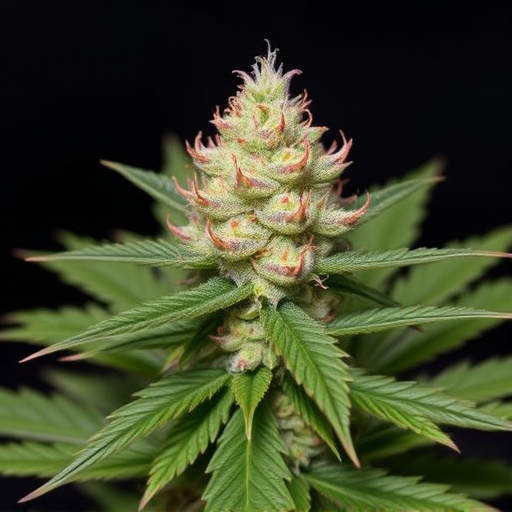
The vibrant colors observed in Hawaiian cannabis strains aren’t merely aesthetic; they’re a result of intricate genetic mechanisms, particularly those involved in pigmentation. These genes play a pivotal role in determining the plant’s visual appeal and even its potential therapeutic properties. In hawaiian cannabis strains, specific genes control the production and distribution of pigments like anthocyanins, which are responsible for shades of red, purple, and blue. This complex interplay between genetics and pigment expression contributes to the unique appearances we associate with these sought-after varieties.
Variations in pigmentation genes can lead to stunning visual differences among cannabis plants. In Hawaiian strains, natural selection has favored certain genetic combinations that result in rich, deep colors. These pigments not only make the plants visually striking but also serve as indicators of potential health benefits. For instance, anthocyanins are known for their antioxidant properties, suggesting that heavily pigmented strains may offer enhanced medicinal value. Understanding the role of these genes is crucial for both breeders aiming to create novel varieties and enthusiasts appreciating the diverse beauty of cannabis.
Environmental Factors and Their Influence on Weed Colors
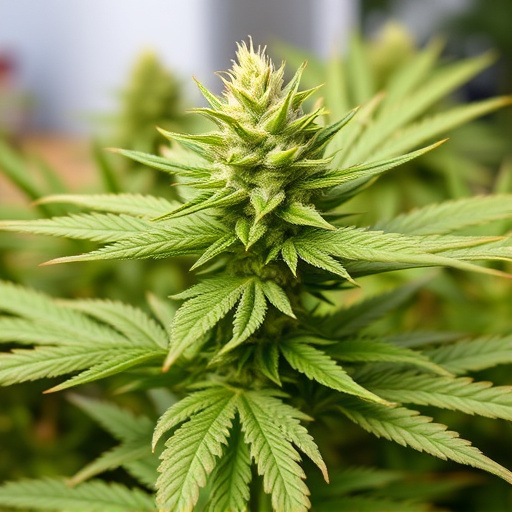
The colors of weeds, including purple, red, and blue hues in Hawaiian cannabis strains, are not random but highly influenced by environmental factors. These pigments, anthocyanins, are produced in response to specific conditions such as sunlight exposure, temperature fluctuations, and nutrient availability. For instance, increased levels of UV radiation can trigger the production of anthocyanins, leading to darker colors. Colder temperatures during the growing period might also stimulate these compounds’ development, resulting in vibrant shades that protect the plant from damage.
In contrast, warmer climates could suppress anthocyanin synthesis, causing weeds to maintain more muted tones. The unique environment and diverse microclimates of Hawaii contribute to the variety of weed colors found there. Growers often take advantage of these environmental factors to cultivate specific Hawaiian cannabis strains known for their distinctive appearances, further enhancing the island’s reputation in the cannabis community.
Hawaiian cannabis strains present a captivating diversity of colors, with purple, red, and blue hues that captivate both cultivators and enthusiasts. This unique expression is rooted in the interplay of specific pigmentation genes and environmental conditions. By understanding these genetic underpinnings and external factors, cultivators can optimize their techniques to cultivate vibrant Hawaiian cannabis plants true to their remarkable natural variations. The study of these distinctive strains not only enriches our knowledge of cannabis diversity but also opens doors for breeding programs aiming to preserve and highlight these captivating colors.
